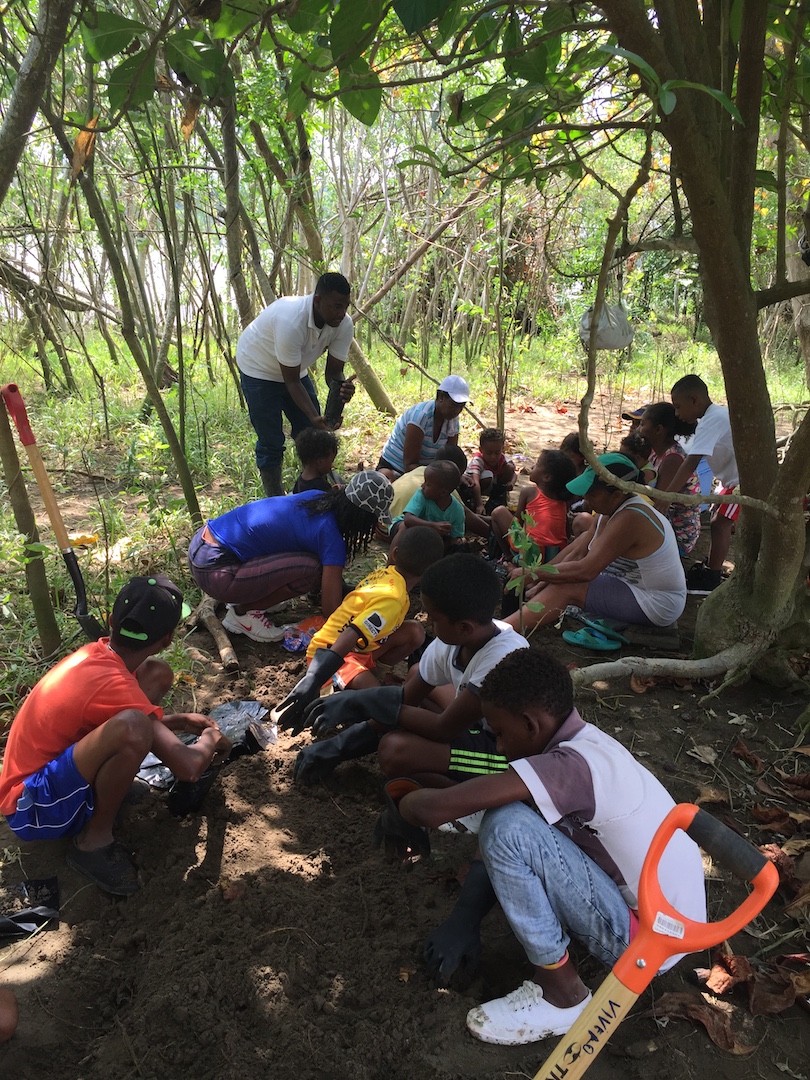On 2015, 19 leaders of National Systems of PAs met in Peru (Argentina, Bolivia, Brazil, Chile, Colombia, Costa Rica, Cuba, Ecuador, El Salvador, Guatemala, Honduras, Mexico, Nicaragua, Panama, Paraguay, Peru, Dominican Republic, Uruguay &Venezuela). One of their main objetives was to make a Declaration about the relevance of PAs for climate change (CC), & present it at the UNFCCC COP21 held in Paris in 2015.
18 leaders agreed to sign a Declaration that states:
-PAs contribute to stabilize greenhouse gases' concentrations
-CC makes PAs and biodiversity vulnerable
-PAs contribute to CC adaptation, vulnerability reduction & to increase the resilience of ecosystems
-PAs are one of the most effective strategies for deforestation & ecosystem degradation
And commited to:
1) Manage PAs considering regional and sub-regional interactions & coordination with the UNFCCCC
2) Strengthen PAs systems through implementation of the CBD’s, Aichi Target 11
3) Promote participatory management with local communities
4) Work with local communities & recognize traditional knowledge
5) Integrate PAs in adaptation, mitigation & sustainable development strategies
6) Promote awareness of PAs key role on CC
-A prior set network that facilitate sharing of knowledge and experiences
-A network recognized globally by its work on PAs matter
-Different countries working by themselves on climate change mitigation and adaptation through protected areas
-Shared vulnerabilities and ecosystems between countries
-National programs and strategies that recognize protected areas as natural solutions to climate change
-The countries and institutions understand that climate change cannot be completely addressed individually, but that global and regional action is required
-Shared vulnerabilities and problems must be solved by all the involved parties
-Presenting the Declaration at the COP showed the urgency to promote protected areas (vulnerable to climate change and other anthropogenic pressures) as natural solutions to climate change
-The Declaration committed leaders of the world to take immediate action on mitigation and adaptation to climate change, through the conservation and restoration of ecosystems
-The Declaration made evident that more leaders of the world need to make commitments on the matter
